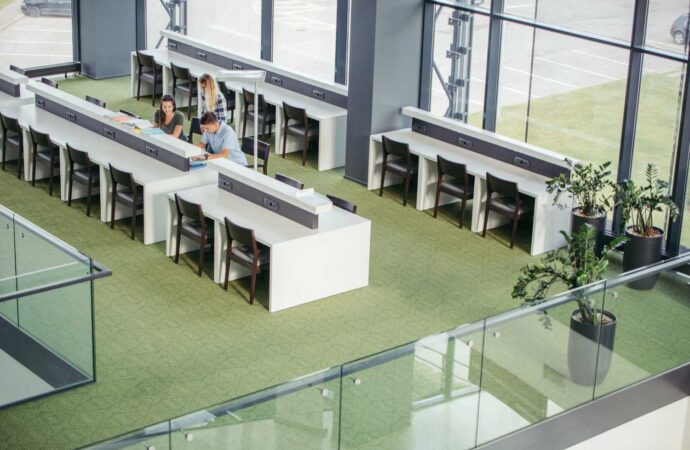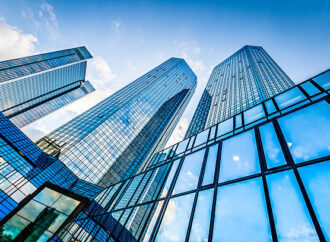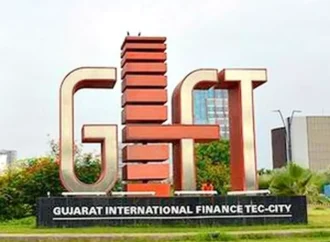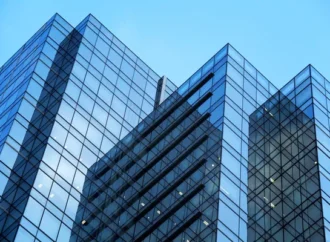Over 65% of Grade A office spaces in India’s top seven cities are green-certified, with Bengaluru leading in total green space and Chennai boasting the highest percentage. LEED Gold certification is prevalent, reflecting a strong demand for sustainable and flexible office solutions.
As India advances towards its goal of net-zero emissions by 2070, the real estate sector is embracing ESG (environmental, social, and governance) factors more than ever. According to Bengaluru-based real estate consultancy Vestian Research, over 65% of Grade A office spaces in India’s top seven cities are now green-certified. Of 1,362 Grade A buildings in these cities, 805 have achieved green certification.
The Leadership in Energy and Environmental Design (LEED) certification is particularly prominent, accounting for a 74% market share by Q2 2024. Gold LEED certification is the most common, with 49% of buildings holding this designation. The Indian Green Building Council (IGBC) also reflects this trend, with 51% of green-certified buildings attaining Gold status. These certifications indicate that buildings excel in sustainable design and operation, achieving over 60% of the LEED points.
Southern cities, including Bengaluru, Chennai, and Hyderabad, lead the charge in green building stock, comprising 58% of India’s total. Bengaluru is at the forefront with 172 million square feet of green-certified space. Chennai boasts the highest percentage, with 83% of its Grade A stock being green-certified. Despite having the fewest Grade A buildings, Kolkata impresses with 62% green certification, while Pune, a major hub for multinational companies, lags with the lowest percentage at 56%.
Vestian’s research further highlights that Grade A office buildings with a built-up area of less than 500,000 square feet make up 47% of all green-certified buildings. Larger buildings, exceeding 1 million square feet, account for only 19%, though 90% still need to meet green standards.
The market rewards sustainable investments, as green-certified buildings typically command a 12-14% rental premium over non-green buildings. By leading this trend, Bengaluru sees 23-25% premiums, underscoring the city’s strong focus on sustainability. Chennai and Hyderabad follow closely, with premiums of 12-14% and 13-15%, respectively. This willingness to pay more for green-certified spaces highlights the importance of environmental responsibility and employee well-being in these tech hubs. In contrast, Mumbai and Pune offer an 8-12% premium for green-certified buildings compared to their non-certified counterparts.
Parul Thakur, Senior Vice President & Business Head at COWRKS, emphasized the growing demand for sustainable workspaces. “The launch of these new centres reflects the growing demand for Grade A flexible office solutions from both startups and large enterprises, which aligns with our strategic goals,” Thakur said.
The green building movement in India’s major cities is a testament to the real estate sector’s commitment to sustainability. With increasing companies prioritizing eco-friendly spaces, green certification is expected to continue, driving both environmental and economic benefits in the long term.























